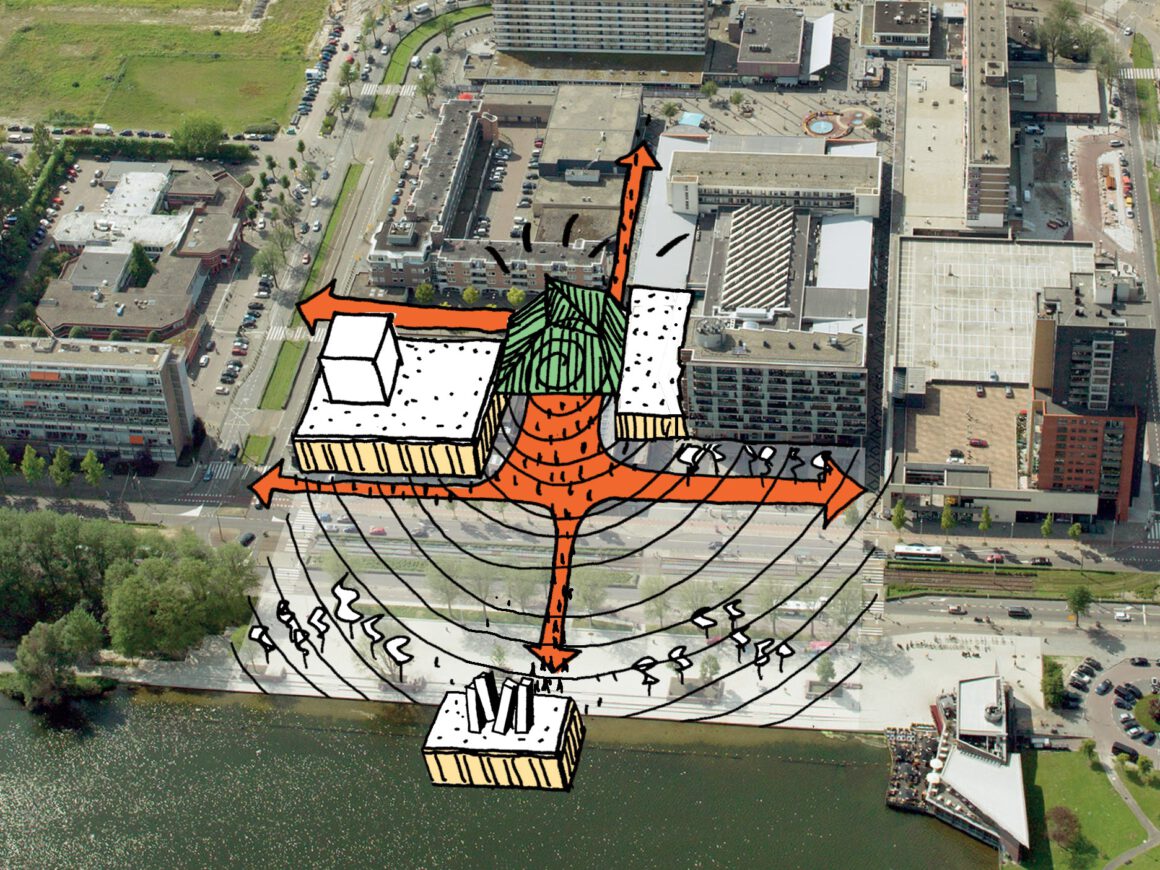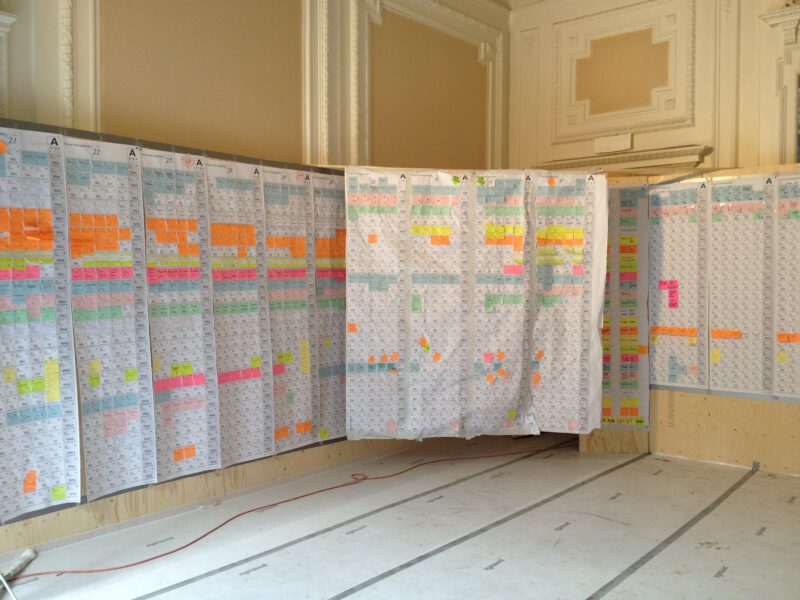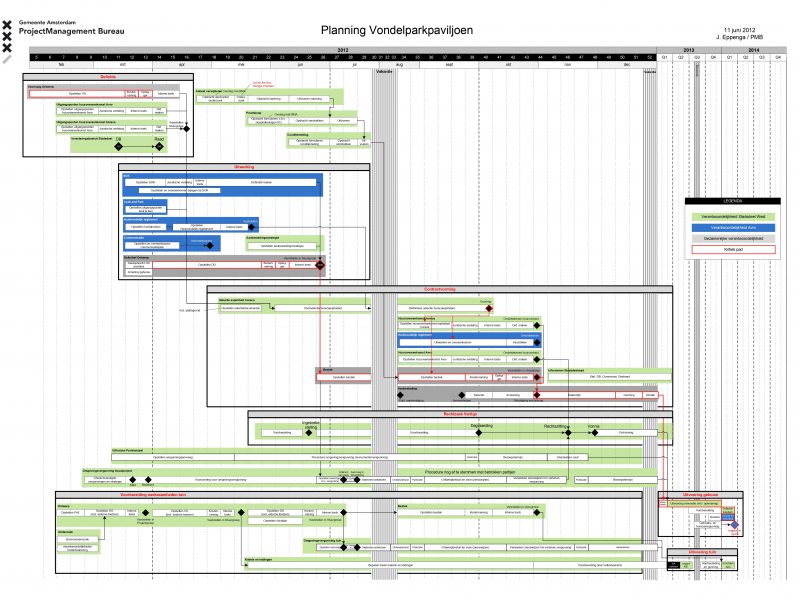 Maybe starting a project is the most challenging phase of large complex projects. Scoping to me is extremely important and needed for two important reasons: to show the client and your team what the boundaries of the project are?and, evenly important, to show what your assignment as a manager could be. We will discuss setting up a project through scoping during the first week of our course.
Maybe starting a project is the most challenging phase of large complex projects. Scoping to me is extremely important and needed for two important reasons: to show the client and your team what the boundaries of the project are?and, evenly important, to show what your assignment as a manager could be. We will discuss setting up a project through scoping during the first week of our course.
If you did your bachelor at the department of architecture you know what it is to design. Sometimes you made a design based on a brief, sometimes based on a short project description. This could have given you the impression that starting a project is about starting with a sketch. In practice, this is sometimes the case for small projects like an assignment for a family house. But major projects start often with long preparations before designers are assigned to contribute sometimes called the front end of a project.
During our course, we use The New Meervaart as a case. The Meervaart is one of the big theatres of the city of Amsterdam, constructed in 1977. After forty years the building still looks nice but new investments need to be made in technical infrastructure, logistics, an extra theatre hall, studios, and hospitality. This is needed because the wold of performance, experience, leisure, is changing fast due to changing social networks, online shopping, Netflix etc. New technical opportunities related to artificial intelligence, ICT, lighting, maybe robotics will change the way performing artists work and present. Besides that, the district of the Meervaart is changing rapidly due to the fact that multiple old apartment buildings are demolished and 4.600 new apartments will be added to the area. 20.000 sq. meter sopping area will be added, a new library, a cinema and a hotel constructed. The city of Amsterdam wants to upgrade the public space of the whole district and invest in the development through a new building for the Meervaart.
Since 2008 the Meervaart discusses with the city about improving and enlarging their existing building. During this decade a dozen researches were conducted and several designs were made. None of them constructed. Why not?
All these proposals and designs ? even the nicest by star architects – ended up in the drawer. Was this project failure or not? For me, this was not because there was no project yet viewed from a managerial point.
For me, the proposals were no projects because important components needed for a project were missing. For instance a complete and convincing narrative about the why, a broad support from stakeholders, an available budget, sufficient organizational support from the Meervaart and the city, an enforceable schedule and maybe the most important one: strong political commitment.
As long as you are not able to define a project, define its boundaries, have a clear project description, a budget, a serious client, a schedule, and a team of contributors you have to realize that you run a process, not a project. Maybe you are called a project manager, you are managing – to my opinion – a process, if not all components of a project are in place. But don?t worry. As long as your client and your team know this you can do your job, work on the missing components and build step by step, component by component till you end up with a project to start the design and execution phases.
And if it fails? No one is going to blame you because they knew it was not a project after all.
For the course we will use the Project Definition Rating Index (PDRI) as a tool to discuss the scope of the project of the Meervaart. Not to define it precisely but to get insight into the possible boundaries of the project, the process and ? important??your tasks. You are not changing the world but only a small part of it: the building of a theatre in Amsterdam and maybe the area around it, who knows.
Not yet a project? Don?t worry! During our course, we will guide you, step by step, to design it.






